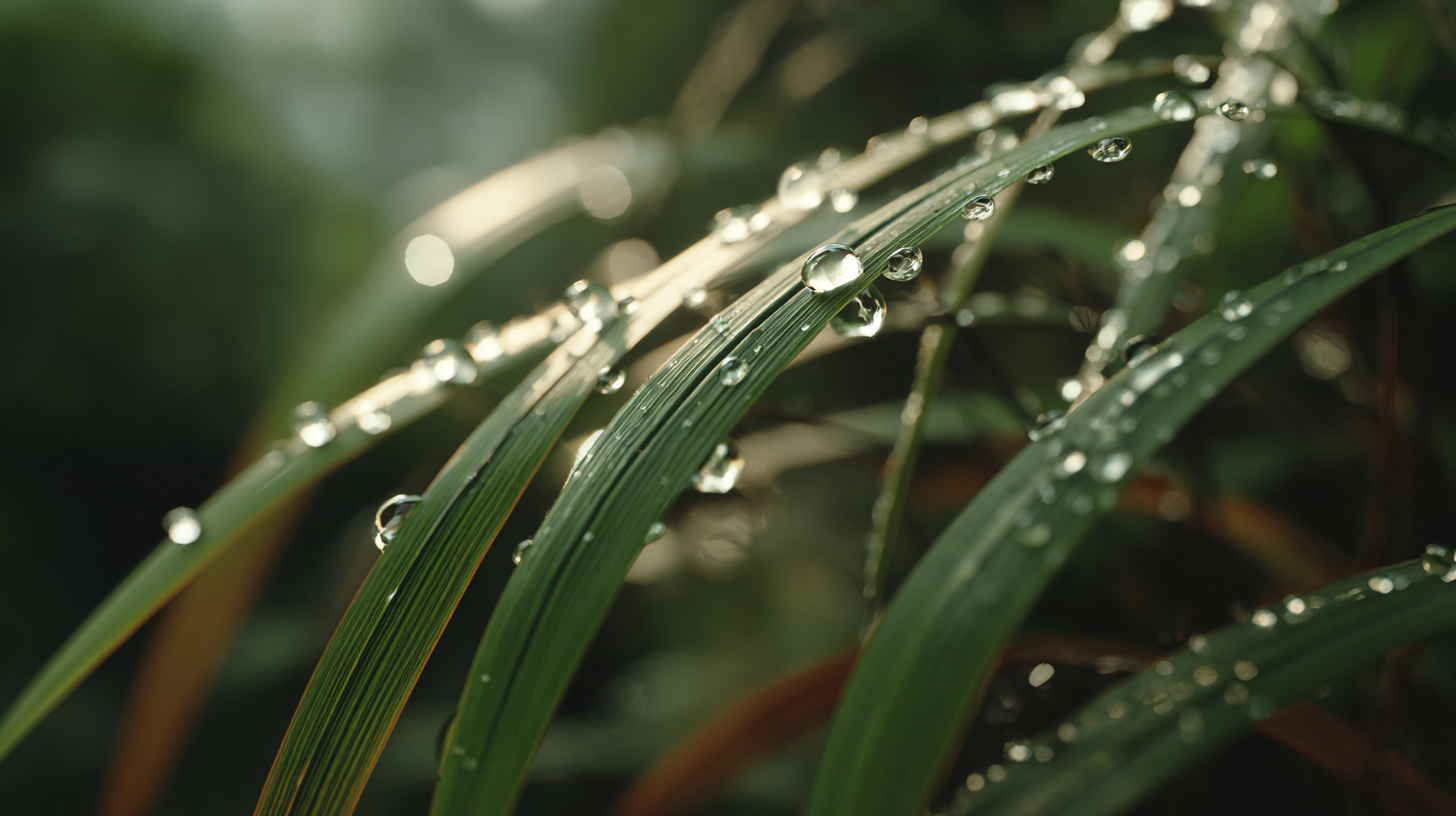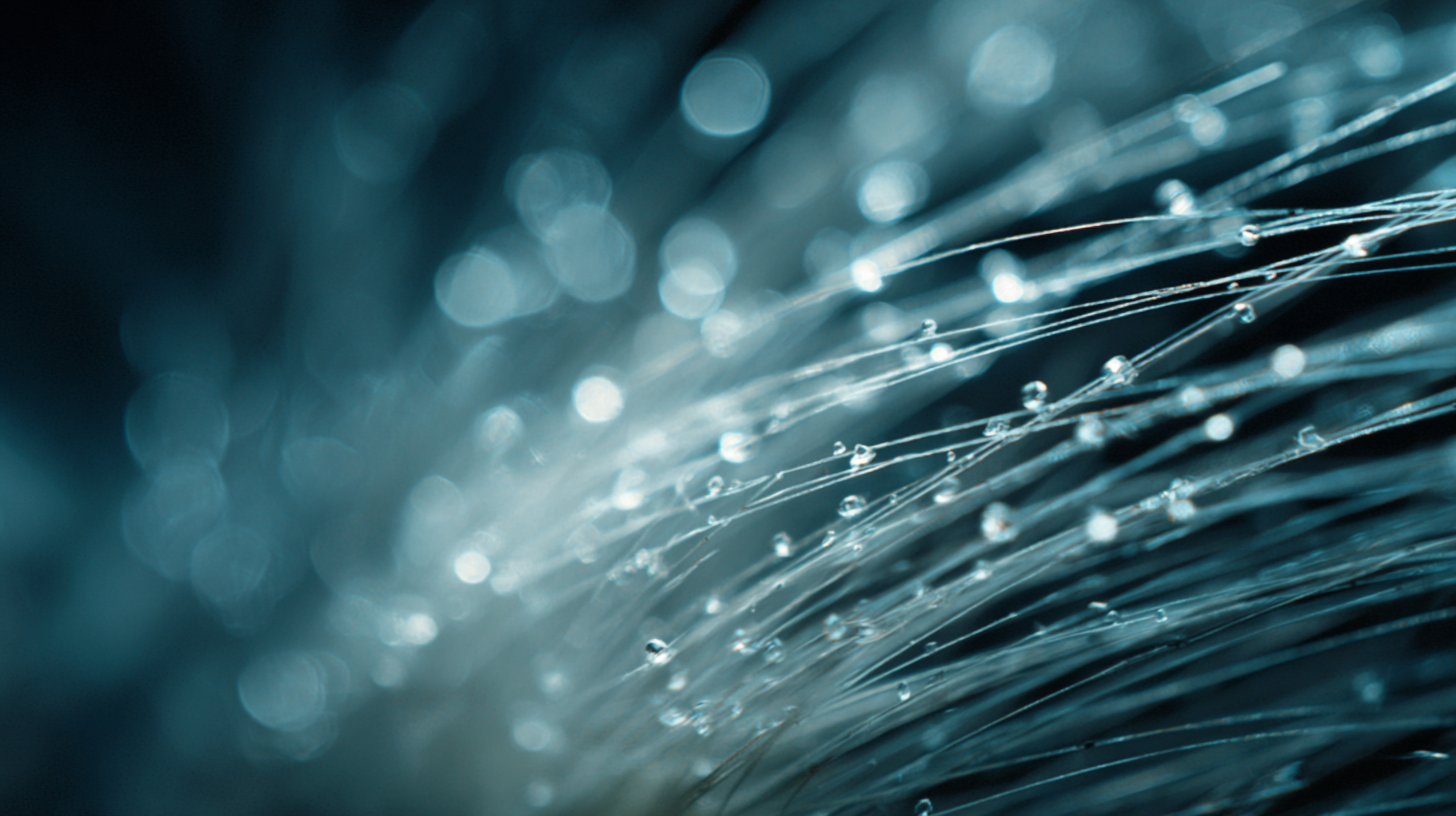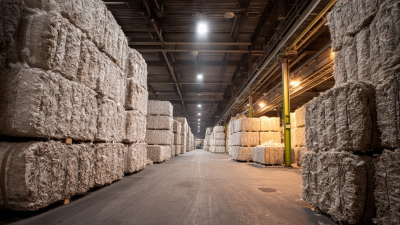
Exploring the Wonders of Hydrophobic Natural Fibers for Eco Friendly Applications

In the quest for sustainable materials, hydrophobic natural fibers have emerged as a remarkable solution, bridging the gap between functionality and eco-friendliness. These fibers, derived from nature, possess unique water-repellent properties that make them ideal for a variety of applications, from textiles to construction materials.
As industries increasingly seek alternatives to synthetic fibers, understanding the characteristics and benefits of hydrophobic natural fibers becomes imperative. This guide aims to explore the fundamentals of hydrophobic natural fibers, detailing their sources, properties, and innovative uses.
By delving into this fascinating topic, we illuminate the potential of these eco-friendly materials to contribute to a more sustainable future, showcasing how they can not only meet the demands of modern applications but also honor the environment. Join us on this enlightening journey to discover the wonders of hydrophobic natural fibers and their transformative impact on green technology.
The Unique Properties of Hydrophobic Natural Fibers
Hydrophobic natural fibers, such as cotton, wool, and bamboo, possess unique properties that make them increasingly popular in eco-friendly applications. Unlike their hydrophilic counterparts, these fibers repel water, offering significant advantages in various uses. This characteristic is primarily due to the natural waxy coatings and structural arrangements within the fibers, which create a barrier against moisture. Such properties enable hydrophobic fibers to maintain structural integrity and warmth even in damp conditions, making them suitable for outdoor clothing and insulation materials.

Furthermore, the breathability of hydrophobic natural fibers enhances comfort for wearers, as they allow moisture vapor to escape while preventing liquid water from penetrating. This attribute is particularly beneficial in performance fabrics aimed at athletes and outdoor enthusiasts. The biodegradability of these fibers also sets them apart from synthetic alternatives, ensuring that their impact on the environment is minimized once disposed of. With the growing focus on sustainability, the exploration of hydrophobic natural fibers is paving the way for innovative applications that align with eco-friendly practices, from apparel to advanced textile solutions.
Sources of Hydrophobic Natural Fibers in Nature
Hydrophobic natural fibers have garnered significant attention for their potential in eco-friendly applications. These fibers, known for their water-repelling properties, can be sourced from various plants and animals. One of the most notable examples is flax, which is utilized not only for its strong and durable fibers but also for its ability to resist moisture. Additionally, the fibers from coconut coir are highly prized for their hydrophobic characteristics, making them ideal for use in erosion control and biodegradable products.
Another remarkable source of hydrophobic fibers is the lotus leaf, renowned for its self-cleaning properties. The microscopic structure of lotus fibers allows water droplets to bead up and roll off, taking dirt with them. Silkworm silk, particularly that derived from specific species such as the wild silk moth, also exhibits water-repellent qualities, making it suitable for various textile applications. Together, these natural fibers represent a sustainable alternative to synthetic materials, providing both functionality and environmental benefits.
Exploring the Wonders of Hydrophobic Natural Fibers for Eco Friendly Applications - Sources of Hydrophobic Natural Fibers in Nature
| Natural Fiber | Source Plant or Animal | Hydrophobic Properties | Common Uses | Environmental Benefits |
|---|---|---|---|---|
| Coir | Coconut Husk | Repels water due to high lignin content | Geotextiles, mats, and brushes | Biodegradable and sustainable |
| Kapok | Kapok Tree Seed Pods | Hydrophobic fiber that retains buoyancy | Stuffing for pillows and life jackets | Low environmental impact, renewable resource |
| Hemp | Hemp Plant | Natural resistance to moisture and mold | Textiles, ropes, and biodegradable plastics | Requires fewer pesticides, sequesters carbon |
| Jute | Jute Plant | Similar hydrophobic traits in woven form | Bags, carpets, and Eco-friendly packaging | Rapidly renewable, minimal environmental footprint |
| Silk | Silkworm Cocoon | Fibers have natural water-repellent properties | Luxury clothing and upholstery | Biodegradable and produced through sustainable practices |
Innovative Applications of Hydrophobic Fibers in Eco-Friendly Products
The innovative applications of hydrophobic natural fibers are revolutionizing the development of eco-friendly products. These fibers, derived from sources such as bamboo, hemp, and cotton, inherently resist water, making them ideal for a range of sustainable uses. For instance, hydrophobic fibers can be utilized in the production of outdoor clothing and gear, providing durability and comfort without relying on synthetic materials that contribute to environmental degradation. By harnessing the natural properties of these fibers, manufacturers can create water-resistant textiles that meet the demands of consumers while minimizing ecological footprints.
Additionally, hydrophobic natural fibers are proving beneficial in the construction industry. They can be integrated into building materials, offering moisture resistance and insulation properties that enhance energy efficiency. This not only reduces the reliance on energy-draining synthetic alternatives but also promotes healthier living environments. The exploration of these fibers in biodegradable packaging solutions also highlights their versatility, as they can replace plastic-based options, thereby addressing the global plastic pollution crisis. As innovation continues to expand the applications of hydrophobic natural fibers, their role in promoting sustainability is becoming increasingly significant.

Comparative Analysis of Hydrophobic vs. Hydrophilic Fibers
Hydrophobic natural fibers, such as cotton and jute, exhibit unique properties that distinguish them from their hydrophilic counterparts. While hydrophilic fibers readily absorb moisture, making them suitable for applications like clothing and towels, hydrophobic fibers resist water, providing advantages in various eco-friendly applications. This resistance to water absorption makes hydrophobic fibers ideal for products that require durability and quick drying, such as outdoor gear and packaging materials.
Tip: When selecting fibers for sustainable textiles, consider their water resistance. Hydrophobic fibers often contribute to minimal water usage in production and enhance the lifespan of the final product, making them an excellent choice for environmentally conscious consumers.
Furthermore, the comparative analysis of hydrophobic and hydrophilic fibers extends to their environmental impact. Hydrophobic fibers typically require less water during cultivation and processing, reducing the overall ecological footprint. On the other hand, hydrophilic fibers, while more absorbent, may lead to higher water consumption in their lifecycle.
Tip: Focus on sourcing fibers from sustainable practices, as not all hydrophobic fibers are created equal. Look for certifications that indicate environmentally friendly farming and manufacturing processes to ensure that your choices contribute positively to the planet.
Challenges and Future Directions in Using Natural Hydrophobic Fibers
The exploration of hydrophobic natural fibers offers exciting opportunities for eco-friendly applications, but there are several challenges that must be addressed. One significant hurdle is the variability in the properties of these fibers, which can be influenced by factors such as plant species, growth conditions, and processing methods. To ensure consistent performance in applications, researchers need to standardize cultivation and processing techniques. This could lead to more reliable materials that meet commercial standards while maintaining their natural advantages.
Another challenge lies in the integration of hydrophobic natural fibers into existing manufacturing processes. Traditional textile production often relies on synthetic fibers, which can result in compatibility issues. It's crucial to develop innovative methods for blending natural fibers with synthetic materials or explore completely new fabrication techniques that showcase the properties of hydrophobic fibers.
**Tips:** When considering the use of hydrophobic natural fibers in your projects, examine local sourcing options. This not only reduces transportation emissions but also supports sustainable practices in your community. Additionally, data collected from industry studies can guide product development, so stay updated with the latest research to leverage these natural materials effectively.
Exploring Hydrophobic Natural Fibers
Related Posts
-

Unlocking the Power: Benefits of Hydrophobic Natural Fibers for Sustainable Textiles
-

Exploring Hydrophobic Natural Fibers at the 138th China Import and Export Fair in 2025
-

The Ultimate Guide to Harnessing the Power of Hydrophobic Natural Fibers in Sustainable Products
-

The Future of Hydrophobic Natural Fibers in Sustainable Textile Innovation
-

7 Best Ways to Utilize Hydrophobic Natural Fibers in Sustainable Fashion
-

How to Harness the Benefits of Recycled Psf Fiber in Sustainable Manufacturing



